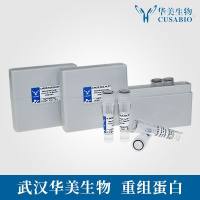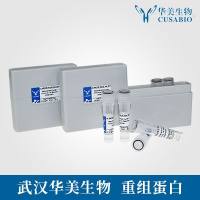Methods to Determine Blood-Brain Barrier Permeability and Transport
互联网
562
The blood-brain barrier is a system of tissue sites that restrict and regulate the movement of hydrophilic solutes between the blood and the central nervous system The barrier between blood and brain extracellular fluid is located at the brain capillary endothelium, whereas the barrier between blood and cerebrospinal fluid is located at the choroid plexus epithelium and arachnoid membrane (
Rapoport, 1976
). Morphological evidence indicates that the barrier at each site is formed by a single layer of cells that are connected by rings of tight Junctions called zonulae occludens (Reese and Karnovsky, 1967,
Brightman and Reese, 1969
). Figure 1 illustrates the structure of the barrier at the cerebrovascular endothelium. Because intercellular diffusion is restricted by the tight Junctions, solutes move across the blood-brain barrier predominantly by the transcellular route, and thus the barrier displays many permeability and transport properties of a continuous cell membrane For example, the barrier is permselective for lipid-soluble, as compared to water-soluble, compounds (
Crone, 1965
; Rapoport et al., 1979a). In addition to the permselectivity, there are specific saturable transport systems at the barrier for rapid exchange of essential nutrients (
Pardridge and Oldendorf, 1977
;
Gledde, 1983
) and for regulated transport of inorganic ions (
Bradbury, 1979
;
Smith and Rapoport, 1984
) Thus, the blood-brain bar barrier is not only a permeability barrier, but also a regulatory interface that governs the composition of brain extracellular fluid and cerebrospinal fluid.
Fig. 1.
Diagram of blood-brain barrier at cerebral capillary (from Rapoport, 1976).







